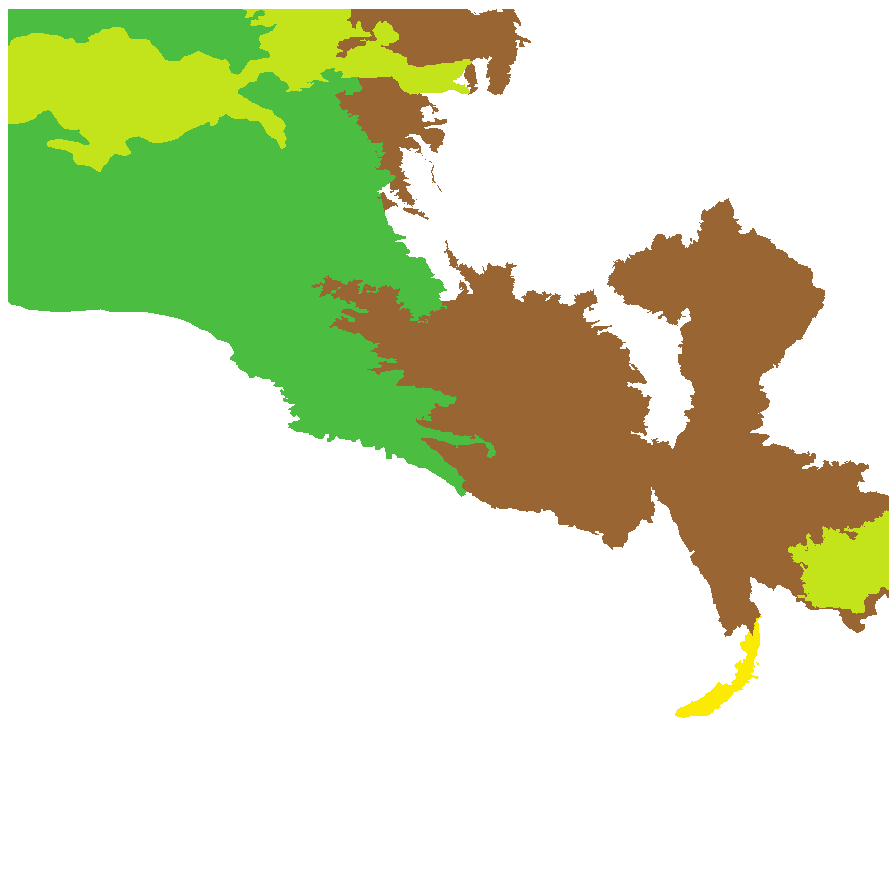







Botanical art
Prior names
Pentatropis quinquepartita
Rhyncharrhena quinquepartita
Daemia kempeana
Rhyncharrhena atropurpurea
Pentatropis linearis
Pentatropis kempeana
Pentatropis atropurpurea
Etymology
Rhyncharrhena from the Greek 'rhynchos' meaning a beak and 'arrhen' meaning male; alluding to the inner coronal appendages. Linearis from Latin meaning linear; reference to the shape of the leaves of this species.
Distribution and status
Found scattered across the drier parts of South Australia, growing on stony soils and red sand. Also found in all mainland states. Native. Common in South Australia. Rare in Victoria. Common in the other states.
Herbarium regions: North Western, Lake Eyre, Nullarbor, Gairdner-Torrens, Flinders Ranges, Eyre Peninsula, Northern Lofty, Murray
NRM regions: Adelaide and Mount Lofty Ranges, Alinytjara Wilurara, Eyre Peninsula, South Australian Arid Lands, South Australian Murray-Darling Basin
AVH map: SA distribution map (external link)
Plant description
Slender climber or trailer with stems to 2 m long. Stems finely ribbed, young growth with woolly hairs. Leaves opposite, narrow-linear, to 10 cm long and 5 mm wide, margins thickened and usually revolute, both surfaces more or less glabrous. Inflorescences axillary in umbels of 3–7 greenish-yellow becoming purple flowers. Pedicels with 6 linear pubescent bracts at the base, calyx almost glabrous, sepals lanceolate, glabrous, corolla ovate to narrow-ovate, lobes deeply incised, greenish-yellow becoming purple, outer corona a 5-lobed disk, inner corona of 5 laterally compressed segments, tube to 5 mm long. Flowering between July and January. Fruits are long, green slender bean-like capsule turning yellow-brown upon dehiscing, to 18 cm long. Seeds are brown, semi-flat oblong seed to 10 mm long and 3 mm wide, with long white pappus at one end.
Seed collection and propagation
Collect seeds between October and March. Collect fruits that are maturing, fat, hard, turning pale brown and contain fluffy seeds. Place the fruit in a tray and leave to dry for at least two weeks until it split. Then shake the fruits to release the seeds. No further cleaning is required. Store the seeds with a desiccant such as dried silica beads or dry rice, in an air tight container in a cool and dry place.
| Location | No. of seeds (weight grams) | Number of plants | Date collected | Collection number Collection location | Date stored | % Viability | Storage temperature |
|---|---|---|---|---|---|---|---|
| BGA | 230 (1.81 g) | 15-May-2014 | JRG98 North Western | 1-Jan-2016 | 100% | -18°C |
Number of plants: This is the number of plants from which the seeds were collected.
Collection location: The Herbarium of South Australia's region name.
% Viability: Percentage of filled healthy seeds determined by a cut test or x-ray.